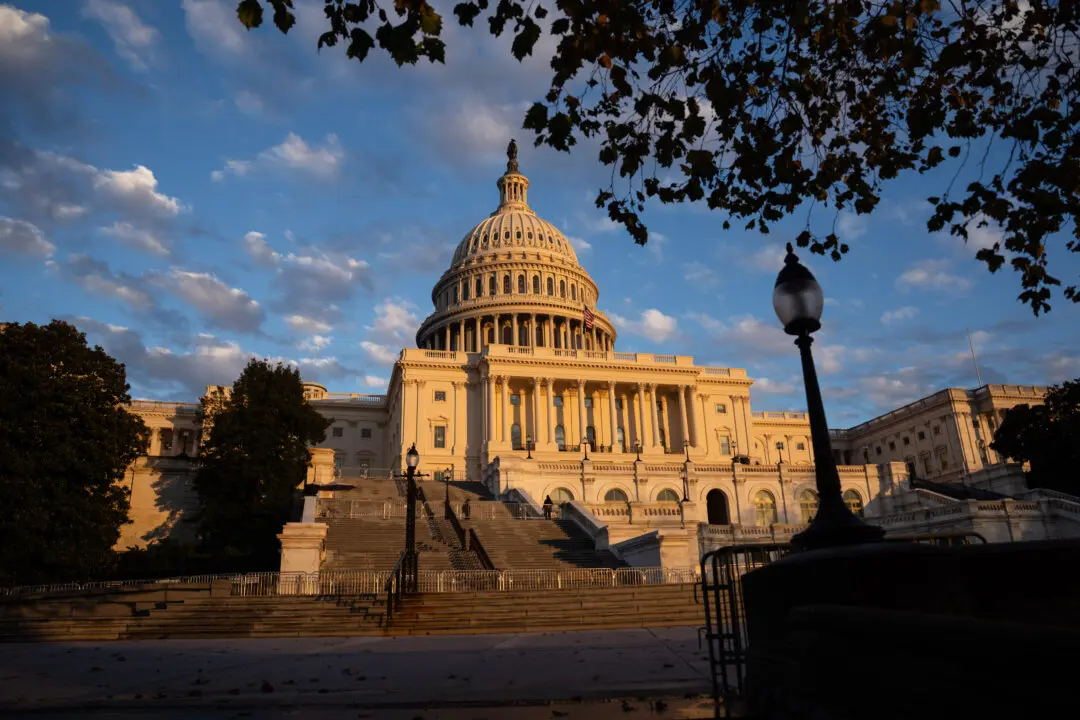If you want to get a reaction from an Iowan, say you’re tired of having their caucuses select a president for the entire country. You’ll get an earful of reasons why that just ain’t so faster than you can say “pork queen.”
Iowa’s position on the election calendar has given the state’s caucus-goers an early thumbs up—or down—on presidential hopefuls since the early 1970s. Nevada’s caucuses, which occur a few weeks later, are the “First in the West.” That makes both states bellwethers for public opinion. Many a candidate has surged in primary voting after a good showing in Iowa, while many others have dropped out after disappointing results in Nevada.





